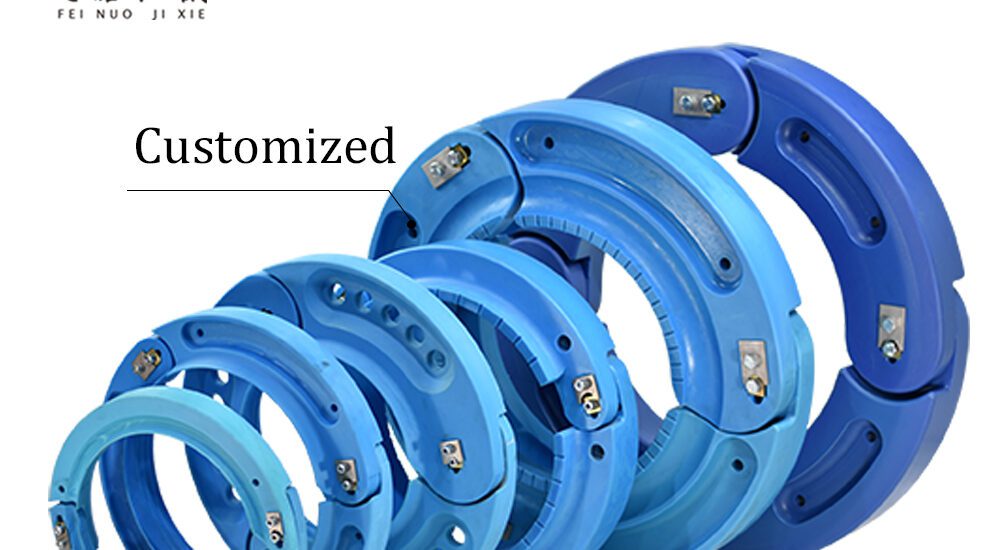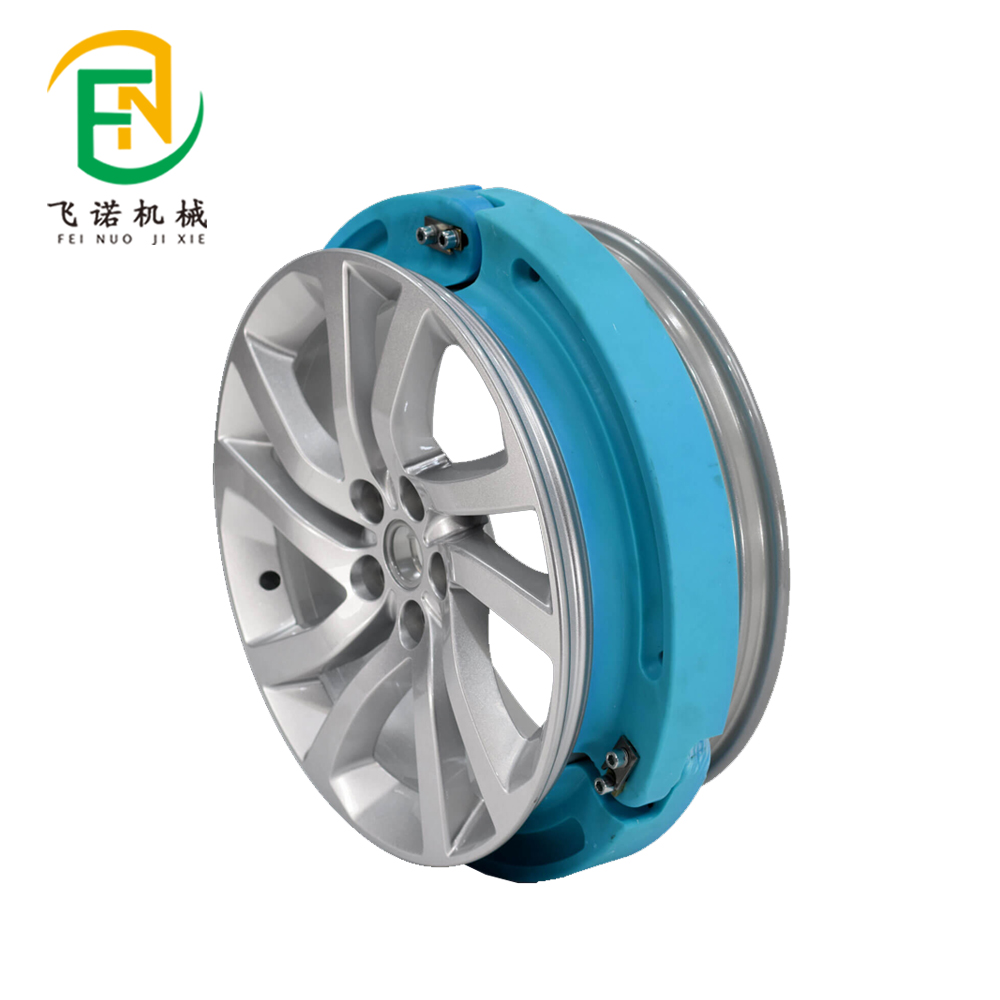- June 16, 2025
- Posted by: feinuojixie
- Category: Run Flat Guide


In modern warfare, where every second and every decision can mean the difference between success and failure, the performance of military vehicle is a mission-critical factor. While armor, firepower, and communication systems often take the spotlight, tire technology remains an unsung hero of battlefield effectiveness. Among the most pivotal advancements in this area is the development of run flat tire, which enables military vehicle to continue operating even after sustaining damage to the wheel. This seemingly simple innovation has become a game-changer in combat scenarios, offering armed forces a powerful strategic advantage. From minimizing exposure during ambushes to maintaining mobility across unforgiving terrains, the inclusion of run flat tire in military vehicle design enhances survivability, operational continuity, and tactical flexibility. As modern conflicts grow more complex and unpredictable, the ability to keep moving under pressure is no longer a luxury—it is a necessity.


Understanding the Functionality of Run Flat Tire in Military Use
At its core, a run flat tire is engineered to maintain structural integrity even after a complete loss of air pressure. Unlike standard tire, it incorporates specialized features such as reinforced sidewalls or internal support rings. These elements allow the tire to support the weight of a military vehicle temporarily, enabling continued movement for a designated distance and speed, often up to 50 miles at 30 mph. This functionality ensures that military vehicle can exit hostile zones, reach a secure location, or complete a mission despite sustaining tire damage. The concept is elegantly simple but operationally critical—mobility without immediate repair.
Mission Continuity Under Fire: The Role of Run Flat Tire in Combat
In the chaos of battle, every operational delay can compromise mission objectives. A military vehicle immobilized due to tire damage becomes an easy target and a liability to its occupants. Run flat tire addresses this vulnerability head-on. Whether from small arms fire, improvised explosive devices, or road hazards, damage to a tire no longer results in a complete halt. Instead, military vehicle equipped with run flat tire can press forward, maintaining momentum and command presence. This uninterrupted mobility directly contributes to mission continuity, enabling convoys to stay intact and personnel to remain on the move even under enemy fire.
Enhancing Soldier Safety Through Tire Resilience
Beyond mission success, the primary value of run flat tire lies in protecting human life. Changing a tire in a combat zone is not just inconvenient—it is dangerous. Exposure during tire replacement increases the risk of sniper attacks, ambushes, and IED detonation. By eliminating the need for immediate roadside repair, run flat tire significantly reduces these exposure risks. Troops are better shielded from harm and able to focus on completing their objectives rather than conducting hazardous field maintenance. In this sense, the technology serves as a passive defense mechanism, enhancing soldier safety through superior engineering.
Operational Versatility Across Terrains and Climates
Theaters of war are rarely uniform. From desert sands and mountainous trails to icy tundra and urban rubble, military vehicle must perform reliably across diverse environments. Traditional tire often falter under extreme pressure, temperature shifts, and terrain inconsistencies. Run flat tire, however, is designed with these challenges in mind. Reinforced structures and advanced materials ensure that the tire remains functional in the harshest conditions. Whether traversing the sharp rocks of Afghanistan or navigating the mud and snow of Eastern Europe, run flat tire allows military vehicle to retain traction, balance, and driveability, regardless of the elements.
Logistics and Cost Efficiency in Military Fleet Management
Run flat tire does more than improve battlefield mobility—it also streamlines logistics. With fewer breakdowns and longer operational intervals, military vehicle equipped with this technology require less frequent maintenance. This translates into reduced downtime, minimized spare tire inventory, and fewer field repairs. Over time, these efficiencies contribute to significant cost savings in both manpower and materials. In large-scale deployments where fleet readiness is paramount, run flat tire enables defense forces to do more with fewer resources, reinforcing overall combat sustainability.
Technological Advances in Run Flat Tire for Military Application
The evolution of run flat tire has been marked by continuous innovation. Manufacturers now incorporate composite materials, nanotechnology, and smart monitoring systems to further enhance performance. Modern run flat tire offers improved weight-to-strength ratios, greater heat resistance, and better compatibility with armored platforms. Some designs include embedded sensors that alert operators to pressure loss or structural damage in real time. These advancements not only make the tire more durable but also more intelligent, aligning with the digital transformation of military vehicle systems.
Choosing the Right Run Flat Tire for Tactical Mission Needs
Not all run flat tire is created equal. Selection depends on the specific demands of the mission and the type of military vehicle in use. Factors such as load capacity, terrain type, speed requirements, and operational range must be carefully evaluated. Tactical vehicle used for reconnaissance may require a lighter, more agile tire, while heavy transport vehicle or armored personnel carrier may need reinforced, high-capacity variants. Military planners must collaborate with engineers and suppliers to identify the best-fit solution, ensuring performance is aligned with operational priorities.
Case Studies: Run Flat Tire Success Stories in Military Theater
Real-world military operations offer compelling evidence of the value run flat tire provides. During convoys in Iraq and Afghanistan, vehicle fitted with run flat tire were able to escape ambushes and reach forward operating bases even after multiple tire strikes. In one notable instance, an armored vehicle hit by an IED continued to travel over 20 miles back to safety without needing to stop for repair. Such examples underscore the reliability and resilience that run flat tire brings to modern combat scenarios, often making the difference between survival and catastrophe.


Future Outlook: Evolving Role of Run Flat Tire in Next-Generation Military Vehicle
As military strategy embraces autonomous systems, hybrid electric platforms, and next-generation mobility concepts, the role of run flat tire is poised to expand. Lightweight, modular, and sensor-integrated tire will be essential components of tomorrow’s military vehicle. With battlefield conditions expected to become even more complex and technology-driven, tire resilience will remain a cornerstone of tactical capability. Future development may include self-sealing compounds, AI-powered diagnostics, and energy-absorbing geometries that redefine what run flat tire can achieve in military application.
Why Run Flat Tire is a Non-Negotiable Asset for Modern Military Vehicle
In today’s high-stakes operational landscape, military success hinges on more than firepower. It requires unyielding mobility, robust logistics, and an unwavering commitment to troop safety. Run flat tire delivers on all three fronts. By enabling continued movement under duress, reducing field maintenance risk, and enhancing the versatility of military vehicle, this technology offers a strategic edge that no modern army can afford to overlook. As threats evolve and terrains diversify, one fact remains clear: a vehicle that can keep moving is a vehicle that can win.
